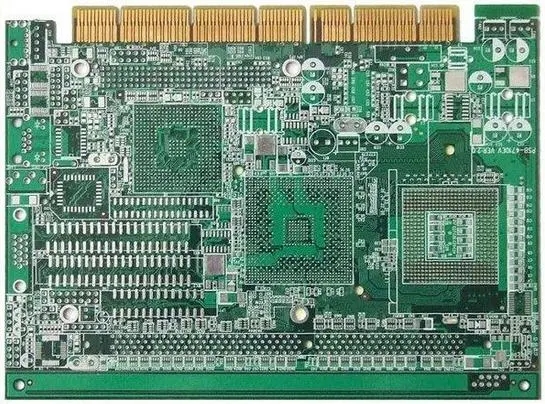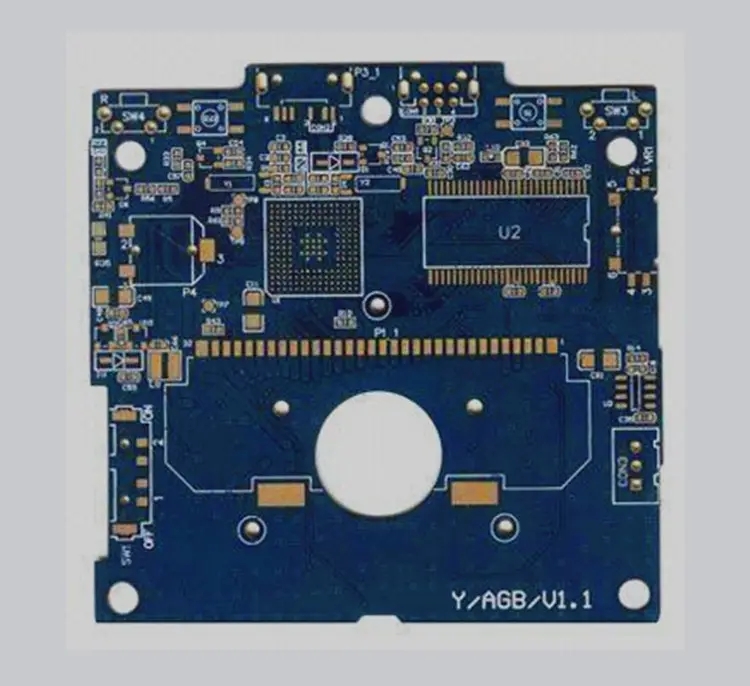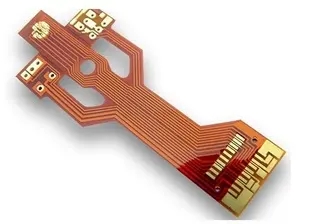
Circuit board editor: how to enhance ESD function when designing PCB
In the design of PCB board, ESD resistance design of PCB can be realized through layering, proper layout and installation. In the design process, most design modifications can be limited to the addition or deletion of components through prediction. ESD can be well prevented by adjusting PCB layout and wiring.
Static electricity from human body, environment and even electronic equipment will cause various damages to precision semiconductor chips, such as penetrating the thin insulation layer inside components; Destroy the gate of MOSFET and CMOS components; The trigger in CMOS device is locked; Short circuit reverse bias PN junction; Short circuit positive bias PN junction; Melt the welding wire or aluminum wire inside the active device. In order to eliminate the interference and damage of electrostatic discharge (ESD) to electronic equipment, a variety of technical means need to be taken to prevent.
In the design of PCB board, ESD resistance design of PCB can be realized through layering, proper layout and installation. In the design process, most design modifications can be limited to the addition or deletion of components through prediction. ESD can be well prevented by adjusting PCB layout and wiring. Here are some common precautions.
Use multilayer PCB as much as possible. Compared with double-sided PCB, ground plane and power plane, as well as closely arranged signal wire ground wire spacing can reduce common mode impedance and inductive coupling to 1/10 to 1/100 of double-sided PCB. Try to place each signal layer close to a power or ground layer. There are components and short connections on the top and bottom surfaces
Line and many high-density PCBs filled with ground can consider using inner layer lines.
For double-sided PCB, closely intertwined power and ground grids shall be used. The power cord is close to the ground wire, and should be connected as much as possible between the vertical and horizontal lines or the filled area. The grid size on one side shall be less than 60mm, and if possible, the grid size shall be less than 13mm.

Ensure that each circuit is as compact as possible.
As far as possible, place all connectors aside.
If possible, lead the power cord in from the center of the card and away from the area that is easily affected by ESD directly.
On all PCB layers under the connectors leading out of the chassis (easily hit by ESD), place wide chassis ground or polygon filled ground, and connect them with vias every 13mm. Place a mounting hole on the edge of the card, and connect the top and bottom pads of non blocking flux around the mounting hole to the chassis ground.
During PCB assembly, do not apply any solder on the top or bottom pad. The screws with embedded washers are used to achieve close contact between the PCB and the bracket on the metal chassis/shielding layer or ground plane.
The same "isolation area" shall be set between the chassis ground and circuit ground of each layer; If possible, keep the interval distance 0.64mm.
At the top layer and bottom layer of the card near the mounting hole, the chassis ground and circuit ground are connected together with 1.27mm wide wires along the chassis ground wire every 100mm. The bonding pad or mounting hole for installation shall be placed between the chassis ground and the circuit ground adjacent to these connection points. These ground connections can be split with a blade to maintain an open circuit, or jumpered with magnetic beads/high-frequency capacitors.
If the circuit board will not be put into the metal case or shielding device, the top and bottom case ground wires of the circuit board cannot be coated with solder resist, so that they can be used as the discharge electrode of ESD arc.
Set a ring ground around the circuit in the following ways:
(1) In addition to the edge connector and chassis ground, a circular path is placed around the entire periphery.
(2) Ensure that the annular ground width of all layers is greater than 2.5mm.
(3) Connect the rings with through holes every 13mm.
(4) The ring ground is connected with the common ground of the multilayer circuit.
(5) For the double-sided board installed in the metal case or shielding device, the ring ground should be connected with the circuit common ground.
The unshielded double-sided circuit should be connected to the chassis ground in a ring way, and the ring ground should not be coated with solder resist, so that the ring ground can act as the discharge rod of ESD. At least a 0.5mm wide gap should be placed at a certain position on the ring ground (all layers), so as to avoid forming a large loop. The distance between signal wiring and ring ground shall not be less than 0.5mm.







